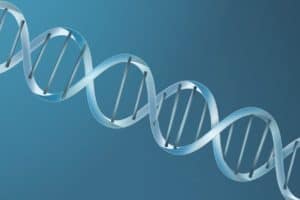In a significant advancement towards treating autism spectrum disorder (ASD), a team of Chinese scientists has succeeded in developing a genetic editing technique showing promising results in animal models. This study, conducted by researchers from Fudan University and the Shanghai Academy of Sciences, utilizes base editing technology, a more precise and less invasive variant than traditional genetic editing techniques such as CRISPR-Cas9.
The team’s approach focused on correcting a specific mutation in the MEF2C gene, associated with the development of ASD. This gene plays a crucial role in neural development and synaptic plasticity. Mutations in MEF2C can lead to a variety of developmental challenges, including intellectual disability, speech difficulties, and repetitive behaviors.
By employing the AeCBE base editing system, the scientists were able to correct the mutation in mice, resulting in the normalization of MEF2C protein levels in various brain regions and the reversal of abnormal behaviors associated with autism. This achievement not only underscores the potential of genetic editing in treating neurodevelopmental disorders but also its potential applicability in humans.
The technique used by the researchers represents an important step towards creating personalized treatments for ASD and other genetic disorders, promising an era of more targeted and less invasive interventions.
This study adds to the growing evidence that genetic editing has the potential not only to treat but also to reverse certain genetic disorders, marking a significant milestone in genetic medicine.
For those interested in exploring this revolutionary study further, the full article titled “Whole-brain in vivo base editing reverses behavioral changes in Mef2c-mutant mice” is available in the journal Nature Neuroscience. This finding not only opens new pathways for understanding ASD but also highlights the transformative potential of genetic editing technologies in medicine.
To access the original study and obtain more details about this pioneering research, visit the Nature Nature Neuroscience.













